The journey from Formula 3 to Formula 1 represents one of the most challenging and financially demanding transitions in professional motorsports. While talent and skill remain fundamental requirements, the harsh reality of modern racing dictates that substantial financial backing often makes the difference between reaching the pinnacle of single-seater competition or watching from the sidelines.
The financial hurdle between junior formulas and F1 has grown exponentially in recent years, creating what many insiders describe as a "paywall" to entry. Where legendary drivers of past generations could theoretically progress through merit alone, today's landscape requires young talents to secure seven-figure budgets merely to be considered for competitive seats.
At the Formula 3 level, annual budgets typically range between €500,000 to €1 million for a season with a mid-field team. This covers basic operational costs but provides no guarantee of success. The real financial challenge begins when drivers attempt to make the jump to Formula 2 - the essential final step before F1 consideration. A competitive F2 campaign now commands budgets between €2-3 million, with top teams often charging even higher rates.
What few outside the industry realize is that these figures represent just the beginning. The true cost of securing an F1 seat involves years of strategic investment in junior categories, test sessions, and private training programs. Many promising drivers spend 3-4 years moving through these stages, accumulating total career costs between €8-15 million before even getting an F1 opportunity.
The sponsorship landscape for young drivers has become increasingly complex. Traditional motorsport sponsors have grown more selective, while new categories of backers - including cryptocurrency firms, esports organizations, and regional development funds - have entered the fray. The most successful junior drivers often assemble portfolios of 10-15 smaller sponsors rather than relying on a single major backer.
Family wealth remains the most reliable pathway for young drivers aiming for F1. Numerous current grid members benefited from significant personal or family resources during their junior careers. This reality has sparked ongoing debates about accessibility in motorsport, with critics arguing the current system excludes potentially world-class talents from modest backgrounds.
Regional sponsorship patterns reveal interesting trends in driver development. Middle Eastern and Asian drivers frequently secure backing from national oil companies, sovereign wealth funds, or government-supported sports programs. European talents tend to rely more on traditional corporate sponsorships, while North American prospects increasingly turn to tech investors and venture capital groups.
The COVID-19 pandemic created unexpected sponsorship opportunities as motorsport's global audience grew during lockdowns. Several junior drivers capitalized on this by securing streaming platform sponsorships or partnerships with digital content creators. This shift toward digital-first backers may permanently alter the sponsorship landscape in junior formulas.
Driver academies run by F1 teams have become both a blessing and a curse for aspiring racers. While they provide structured development paths and potential funding, academy spots are fiercely competitive. Even successful academy drivers often need to bring substantial personal sponsorship to secure race seats, despite having manufacturer backing.
The economics of F1 feeder series create a paradoxical situation where drivers must spend heavily to prove they deserve financial support. Many talents exhaust their budgets before reaching F2, the critical proving ground for F1 potential. This creates a "sponsorship valley of death" between F3 and F2 where numerous promising careers stall.
Social media influence has emerged as a crucial factor in securing sponsorships. Junior drivers now maintain professional media teams to cultivate online followings that attract brands. Some sponsors evaluate a driver's social media metrics as rigorously as their racing results, valuing engagement numbers almost as much as podium finishes.
Alternative funding models are beginning to emerge, though none have yet disrupted the traditional sponsorship system. Crowdfunding campaigns, driver-owned NFT projects, and fan membership programs have shown limited success. The most innovative approaches combine multiple revenue streams, treating the driver as a media property rather than just an athlete.
The brutal mathematics of F1 promotion reveal why so few make the final leap. With only 20 F1 seats available and most occupied for multiple seasons, the annual turnover rarely exceeds 2-3 openings. This scarcity allows teams to demand both exceptional talent and substantial financial contributions from newcomers, creating what many describe as a "perfect storm" of competitive and economic barriers.
As costs continue rising, the motorsport community faces difficult questions about sustainability and accessibility. While nobody suggests F1 should lower its standards, many worry the current financial requirements may be excluding generational talents. The solution likely lies in finding better ways to connect deserving drivers with sponsorship opportunities rather than reducing costs.
The path from F3 to F1 remains one of professional sports' most demanding challenges, requiring equal parts driving excellence, financial savvy, and relentless determination. For those who navigate it successfully, the rewards justify every sacrifice - but the system continues leaving too many potentially great careers unrealized due to financial constraints rather than lack of ability.
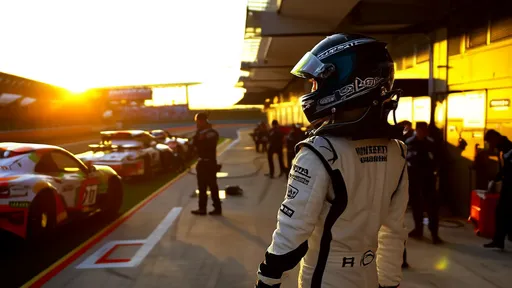
By /Jun 14, 2025
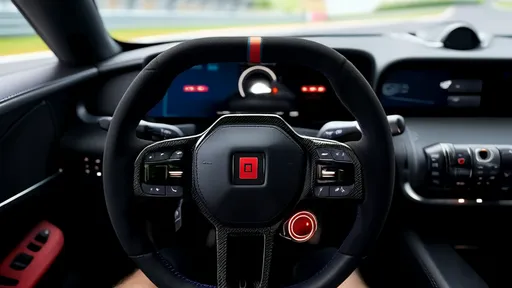
By /Jun 14, 2025
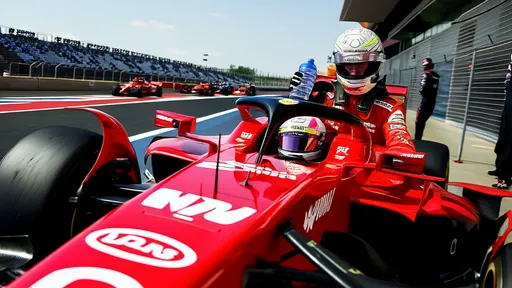
By /Jun 14, 2025
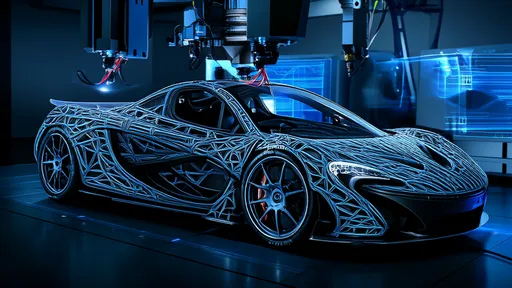
By /Jun 14, 2025
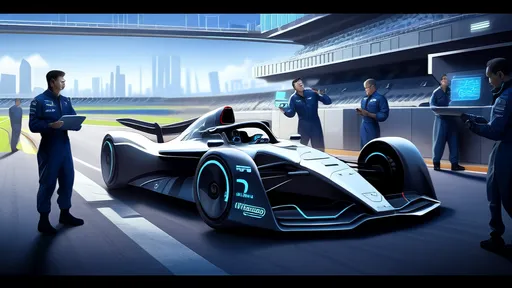
By /Jun 14, 2025
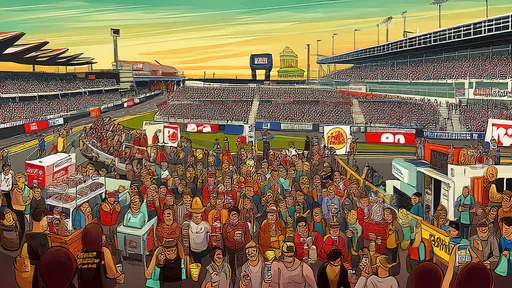
By /Jun 14, 2025
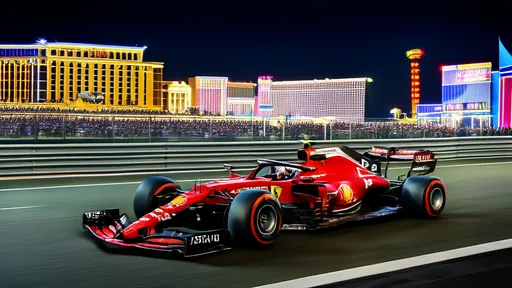
By /Jun 14, 2025

By /Jun 14, 2025
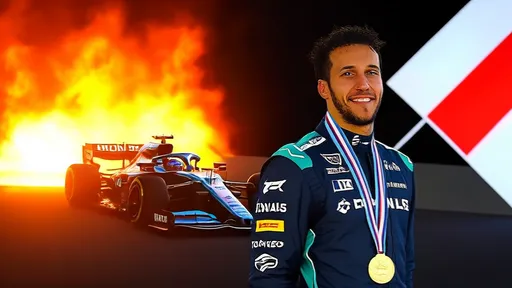
By /Jun 14, 2025
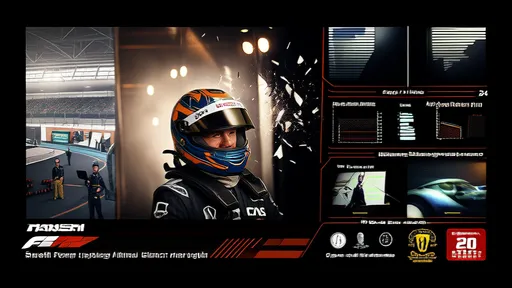
By /Jun 14, 2025
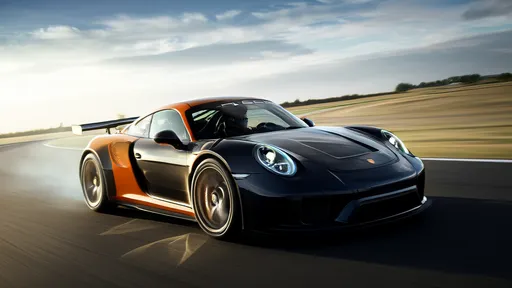
By /Jun 14, 2025
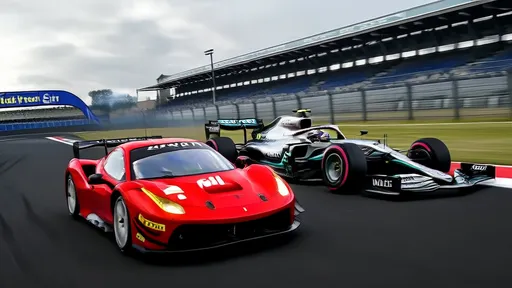
By /Jun 14, 2025
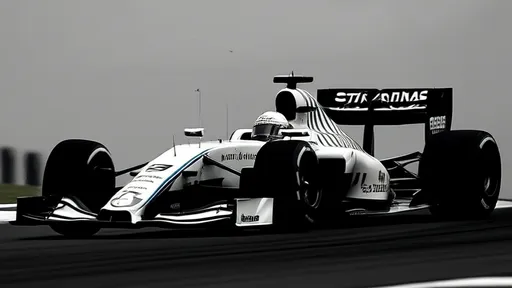
By /Jun 14, 2025
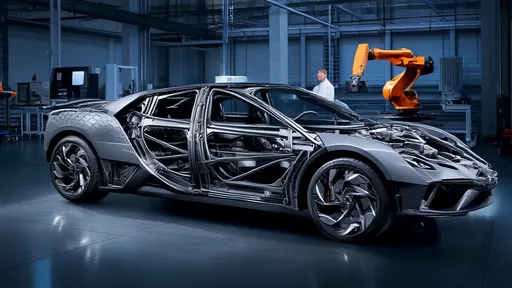
By /Jun 14, 2025

By /Jun 14, 2025

By /Jun 14, 2025
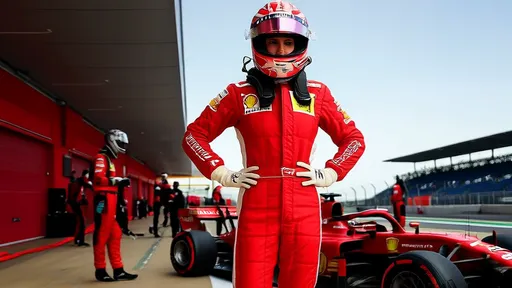
By /Jun 14, 2025